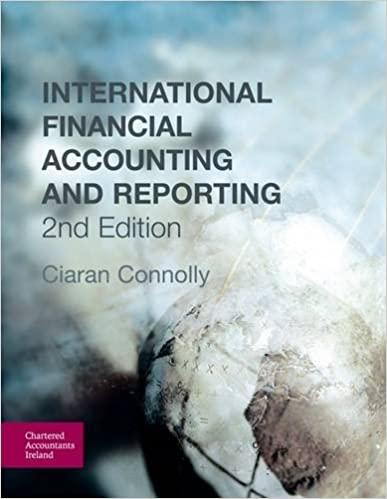
corporation has issued $2 million of long-term bonds paying 8% interest and S8 million of common stock. If the after-tax income $2.500.000, the capital employed $10 million, and the cost of capital is 12.16%, the EVA is: a. $1,248,000 c. $1,284,000 b. ($1.284,000) d. $1,121,600 13. For the following questions (13-18) about transfer pricing, assume the organization is X Co. Division S produces a component that can be sold to outside customers at a fair market price or to Division B at a transfer price. Division B uses the component to produce a finished product it sells to outside customers. Division B can also purchase the component from an outside supplier, Co. O at a fair market price. A transfer pricing system should: a. maximize the transfer price c. maintain common and harmonious goals between the divisions and the entire firm d. none of the above b. minimize the transfer price 14. Division S produces a small motor that can be used in Division B's final blender product. B has been purchasing the motor from Co. O for $84/unit. Division S's manager has approached the manager of Division B about selling these motors to Division B. Division S incurs these unit costs: Direct materials $16, Direct labor $8, Variable overhead $6, Fixed overhead $24 Currently, Division S can produce 150,000 motors but is only producing 120,000. Div. B needs 20,000 units per year. The maximum transfer price should be: a. $30 c. $84 b. $$54 d. $24 5. Refer to the data in question 14. The minimum transfer price should be: a. $84 c. $54 b. $24 d. $30 Refer to question 14. How should a transfer price be determined to achieve goal congruence? a. Use market price because the selling c. Negotiate a transfer price between the division is operating at full capacity minimum and maximum transfer price 5. Use market price because the selling d. There is no transfer price possible in this division is operating with excess capacity case since X Co. would be better off buying the product from an outside supplier. r to question 14. Suppose Divisions S and B agree on a transfer price of $60. What is the benefit to division respectively? 600,000/$480,000 c. $480,000/$600,000 1.080.000/$0 d. $0/$1,080,000







